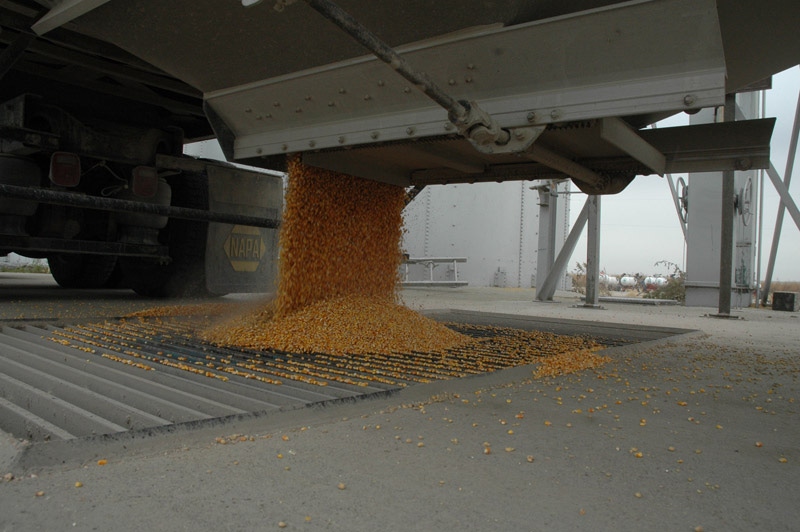
The ability to produce 300-bu. corn rests on seven factors, according to Fred Below, professor of plant physiology at the University of Illinois. Below saw his first field of 300-bu. corn 25 years ago and has since studied the factors that contribute most to high-yielding corn. Here is Below’s list, which he calls the “Seven wonders of high-yield corn production,” starting with the ones that affect corn yield the most.
1. Weather
Weather is the biggest factor affecting crop yield. Below says that on its own, weather will add or subtract 70 bu./acre or more.
2. Nitrogen
Nitrogen applied correctly has the potential to affect corn yield almost as much as the weather, Below maintains. Combined, nitrogen and weather account for more than half of a corn crop’s yield. Also important in producing high-yield corn is a complete fertility package, including potassium and phosphorus, which are often left out of standard corn production. Below puts a 70-bu./acre impact on this factor.
3. Hybrid selection
The most important decision a grower can make is what hybrid to select, especially now that seed contains more new biotech traits, which create major yield differences among hybrids. Below theorizes that by removing the damage caused by insects, plants are more able to reach their full growth potential. He suggests a 50-bu./acre difference in yield due to hybrid selection.
4. Previous crop
If corn is grown after corn, there is a yield penalty of about 25 bu./acre, unless the weather cooperates, Below says. If the weather is not ideal, then the high levels of corn residue will tie up nitrogen and create smaller plants and smaller ears. Rotating corn with soybean crops will alleviate this problem. Below says his research found that yield penalty gets worse each year of continuous corn.
5. Plant population
Below says most farmers give up some yield because they do not plant populations that are high enough for their 30-in. rows. Other ways to increase plant populations is to switch from 30-in. to 20- or 15-in. rows. Because this requires a major equipment investment, Below is researching twin rows on 7½-in. centers with plants staggered. Under this system, plants are 7 ½ in. away from other plants, which reduces competition for nutrients. This system requires a planter change. Below gives plant population a 20-bu./acre yield factor.
6. Tillage
Tillage does not affect yield as much as farmers think. But it is a big factor in saving soil. Tillage has a 15-bu./acre impact.
7. Growth regulators
Below calls this his catch-all category because it includes packaging five independent factors that affect corn yield into one: fungicide to protect a high-performing corn crop; a triple-stack hybrid; 45,000 plant population/acre; extra phosphate, sulfur and zinc to support high-performing hybrids; and a stabilized nitrogen product. He gives this category a 10-bu./acre advantage.
For more details, visit www.7wondersofcorn.com.
About the Author(s)
You May Also Like






